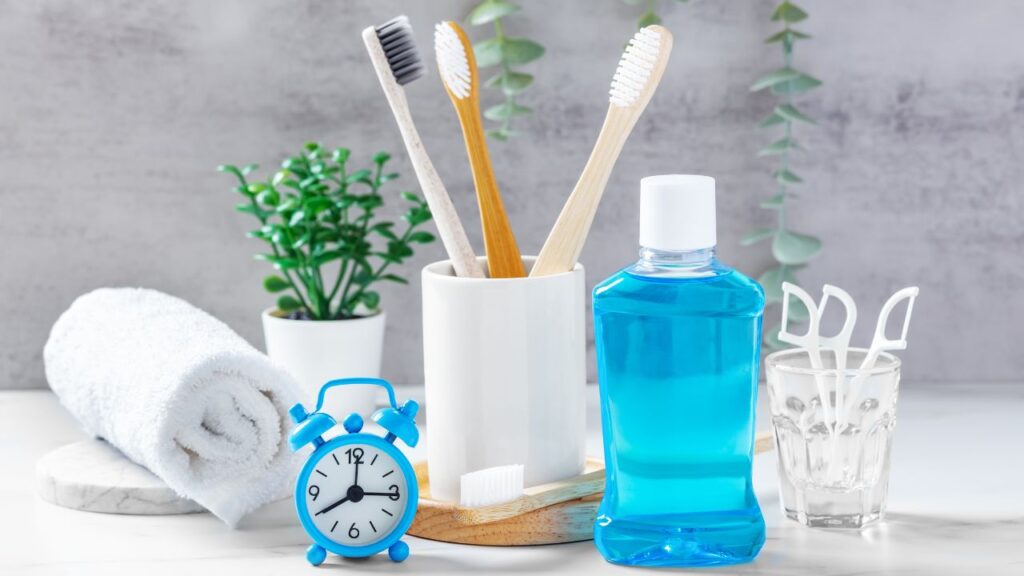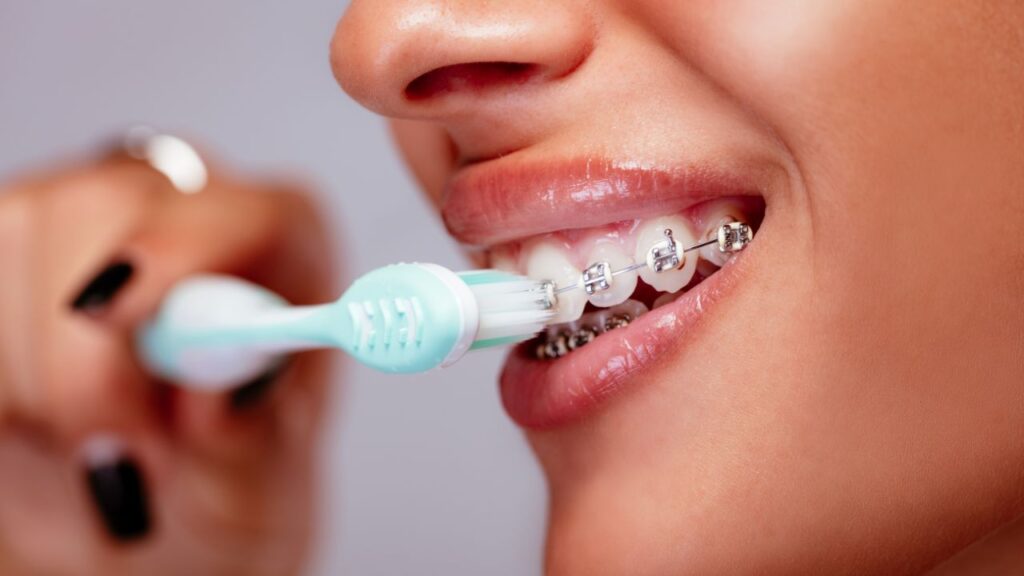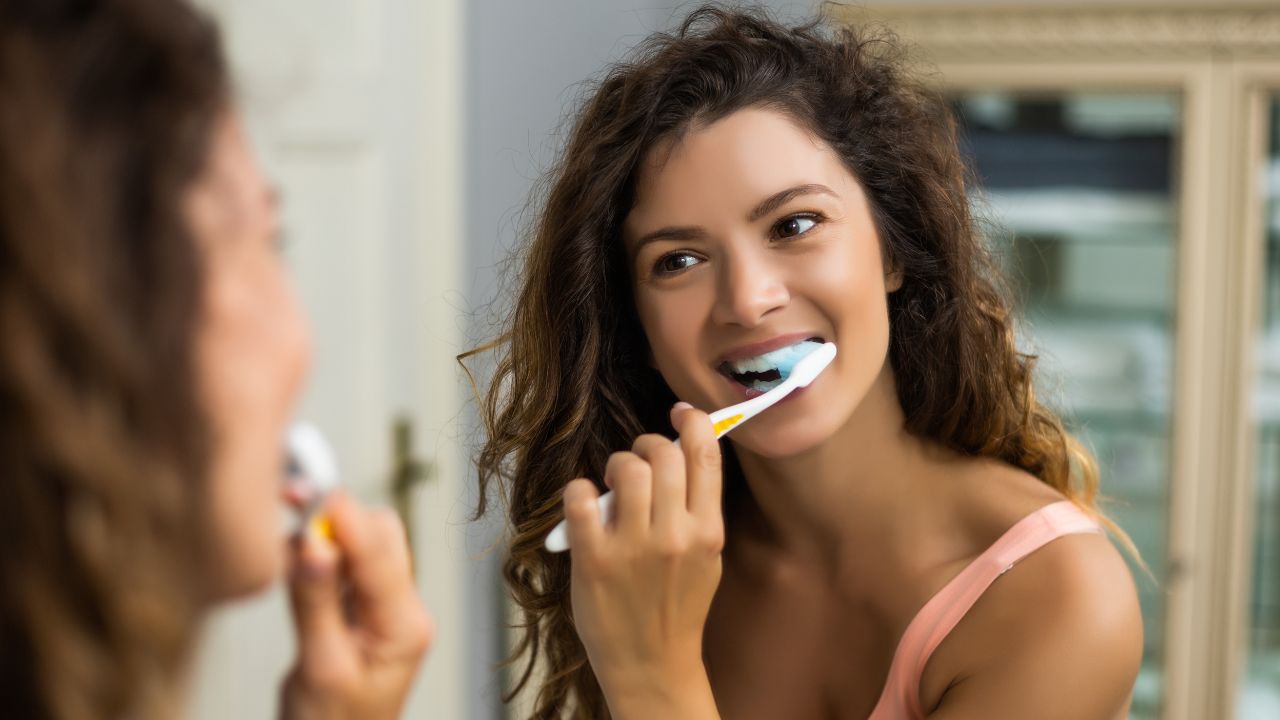How to Properly Brush Your Teeth: Brush Smarter, Not Harder for a Healthier Smile
Brushing your teeth isn’t just about fresh breath—it’s your fundamental step towards lifelong oral health and a confident, glowing smile. But let’s be real: many people unknowingly use outdated or ineffective techniques, scrubbing too aggressively, which can actually harm their teeth and gums.
Mastering the correct brushing technique is your best defense against common issues like cavities, gum disease (gingivitis and periodontitis), and persistent bad breath, ensuring your smile remains vibrant and healthy.
Consider this your comprehensive, evidence-based guide to brushing like a dental professional. From selecting the optimal tools to perfecting your technique for every tooth surface, we’re covering every essential detail. Because a truly healthy smile is built on informed, consistent habits!
3 FREE Perfume Samples
We’ve recently created a Whatsapp group for beauty enthusiasts like you! To grow this community we temporarily offer 3 free perfume samples when you join!
Make sure to join asap, we’re running out of free samples soon! After joining, you can place an order and claim the random free samples.

Why Proper Brushing is Non-Negotiable for Your Health
Brushing your teeth goes far beyond simply removing food particles; it’s a critical daily practice for disrupting and removing plaque—a sticky, colorless film of bacteria that constantly forms on your teeth. If this plaque isn’t consistently removed, its accumulation can lead to:
- Cavities (Dental Caries): The bacteria in plaque produce acids that erode tooth enamel.
- Gum Disease: Plaque irritates the gums, leading to inflammation (gingivitis), and if untreated, can progress to periodontitis, a severe infection that damages the bone supporting your teeth.
- Bad Breath (Halitosis): Bacteria left on the teeth and tongue are primary culprits.
Beyond these immediate oral health concerns, the health of your mouth is intricately linked to your overall systemic well-being. Scientific research increasingly demonstrates this connection. For instance, a 2017 study highlighted a significant link between Periodontitis (PDIS), a common oral disease, and serious systemic conditions such as type 2 diabetes, cardiovascular disease, and even cognitive decline.
Therefore, prioritizing your oral hygiene is a proactive step towards maintaining your entire body’s health.
The Essential Tools for Optimal Oral Hygiene
Before you begin your brushing routine, ensure you have the correct, high-quality tools:
- Toothbrush: Always opt for a soft-bristled toothbrush. Hard bristles can damage tooth enamel and gums over time.
- Fluoride Toothpaste: Choose a toothpaste that contains fluoride, which is scientifically proven to strengthen tooth enamel and effectively fight cavities.
- Dental Floss: Flossing is crucial for cleaning between teeth and beneath the gumline, areas that your toothbrush cannot effectively reach.
- Mouthwash (Optional but Recommended): An antimicrobial mouthwash can help reduce oral bacteria, reach areas missed by brushing and flossing, and provide sustained fresh breath. Opt for a fluoride mouthwash for added cavity protection.

Step-by-Step Guide: How to Brush Your Teeth Properly for Maximum Cleanliness
Brushing might seem intuitive, but incorporating these minor, precise adjustments can significantly enhance its effectiveness. Here’s how to achieve a professional-level clean at home:
- Prepare Your Brush: Wet your toothbrush head lightly and apply a pea-sized amount of fluoride toothpaste.
- Angle for Success: Hold your toothbrush at a 45-degree angle to your gums. This angle allows the bristles to clean both the tooth surface and gently reach into the gumline.
- Gentle, Circular Motions: Use gentle, short, circular (or back-and-forth) strokes to clean the outer surfaces of your teeth. Avoid aggressive scrubbing, which can lead to gum recession and enamel wear.
- Inner Surfaces: Employ the same gentle, circular motions to clean the inner surfaces of your teeth. Pay special attention to the front lower teeth, where plaque often accumulates.
- Chewing Surfaces: Clean the chewing surfaces of your molars and premolars using short, back-and-forth strokes.
- Don’t Forget Your Tongue: Gently brush your tongue from back to front to remove bacteria and food debris, which are significant contributors to bad breath. Many toothbrushes have a built-in tongue cleaner on the back of the head.
- Rinse & Review: Spit out the toothpaste and rinse your mouth thoroughly with water (or mouthwash, if desired). Take a moment to admire your fresh, clean smile!
Brushing Frequency and Timing: The Golden Rules for Lasting Oral Health
Brushing at the right time and for the correct duration is as vital as your technique. Follow these guidelines to keep your teeth in their optimal condition:n top shape!
How Long Do You Need to Brush?
You should brush your teeth for a minimum of two minutes. Divide your mouth into four quadrants (upper right, upper left, lower right, lower left) and spend at least 30 seconds on each.
Many people tend to rush this process, but dedicating the full two minutes ensures comprehensive cleaning of all tooth surfaces. Consider using a timer or an electric toothbrush with a built-in timer.
How Often Should You Brush Your Teeth?
The gold standard for effective plaque removal and cavity prevention is brushing twice a day: once in the morning and once thoroughly before bed.
Nighttime brushing is particularly crucial because it removes the accumulated bacteria and food particles that would otherwise contribute to decay throughout the hours you sleep. The American Dental Association (ADA) strongly recommends this frequency.
Should You Brush Before or After Food?
According to guidelines from reputable sources like the Mayo Clinic, if you have consumed something highly acidic (such as citrus fruits, soda, or even coffee), it is advisable to wait for at least 30-60 minutes before brushing your teeth.
Brushing immediately after acid exposure can inadvertently spread the acid and soften tooth enamel, potentially leading to erosion. If necessary, rinse your mouth with plain water to help neutralize the acids. For non-acidic meals, brushing after eating is generally fine.
Special Brushing Techniques for Unique Oral Health Needs
Not all smiles are the same, and sometimes, your brushing routine requires specific adaptations. Whether you’re using advanced tools or navigating special circumstances, here’s how to maintain optimal oral hygiene:
Brushing with an Electric Toothbrush
Electric toothbrushes (especially oscillating-rotating or sonic types) perform most of the scrubbing motion for you.
- Apply a pea-sized amount of toothpaste.
- Place the brush head gently against your teeth at the gumline and allow the brush to do the work; there’s no need to scrub vigorously.
- Slowly guide the brush head from tooth to tooth, ensuring it covers all surfaces—outer, inner, and chewing.
- Continue for the recommended two minutes, using the built-in timer if available.
- Finish by gently brushing your tongue and rinsing.
Brushing with Braces
Braces create numerous nooks and crannies where food and plaque can accumulate, making meticulous brushing essential.
- Remove any removable orthodontic appliances like rubber bands or removable aligners.
- Brush around the brackets and wires thoroughly. Use a soft-bristled brush to clean above and below the brackets, angling the bristles into the gaps.
- Consider using a special orthodontic toothbrush designed for braces or an interdental brush to clean in hard-to-reach spots beneath the archwire and between brackets.
- Floss daily using a floss threader or orthodontic floss designed for braces to prevent plaque buildup between your teeth.
- Rinse with a fluoride mouthwash for additional cavity protection and to wash away loosened debris.

Brushing After Wisdom Teeth Removal
Post-surgical brushing requires extreme gentleness to avoid disturbing the healing site.
- Avoid the extraction site entirely for the first 24 hours. Focus on cleaning other teeth normally.
- Use a very soft-bristled toothbrush. You may initially skip toothpaste and just use plain water around the non-surgical areas.
- Do NOT rinse too aggressively, spit forcefully, or use a straw, as this can dislodge the blood clot (dry socket). Gentle swishing with plain water is best.
- After the first 24 hours (or as advised by your oral surgeon), gently rinse with warm salt water (1/2 teaspoon salt in 8 ounces warm water) instead of commercial mouthwash, which can be too harsh.
- Follow your oral surgeon’s specific post-operative instructions diligently.
Brushing Kids’ Teeth
Instilling good oral hygiene habits early is crucial for lifelong dental health.
- Use a soft-bristled, child-sized toothbrush appropriate for their age.
- For children under 3 years old, use only a smear (rice grain-sized amount) of fluoride toothpaste.
- For children 3–6 years old, use a pea-sized amount of fluoride toothpaste.
- Gently brush all tooth surfaces and along the gumline. For very young children, parents should brush their teeth.
- Make it a positive and fun experience! Sing a two-minute song, use a colorful timer, or let them choose their favorite character brush.
Your Healthier Smile Starts Here: The Power of Proper Brushing
Brushing your teeth is far more than a routine chore—it’s a critical daily investment in your smile’s aesthetics, your oral health, and ultimately, your overall well-being.
By mastering the correct technique, utilizing the right tools, and committing to consistent twice-daily brushing, you empower yourself to prevent common dental issues and maintain a vibrant, healthy smile for years to come. Your future self (and your dentist!) will undoubtedly thank you for these smart habits!

I always thought I had my brushing routine down, but this article made me realize there’s more to it than I assumed. Especially the part about brushing too hard—guilty of that haha!
Hello Lilly, we’re glad that this guide was useful for you!